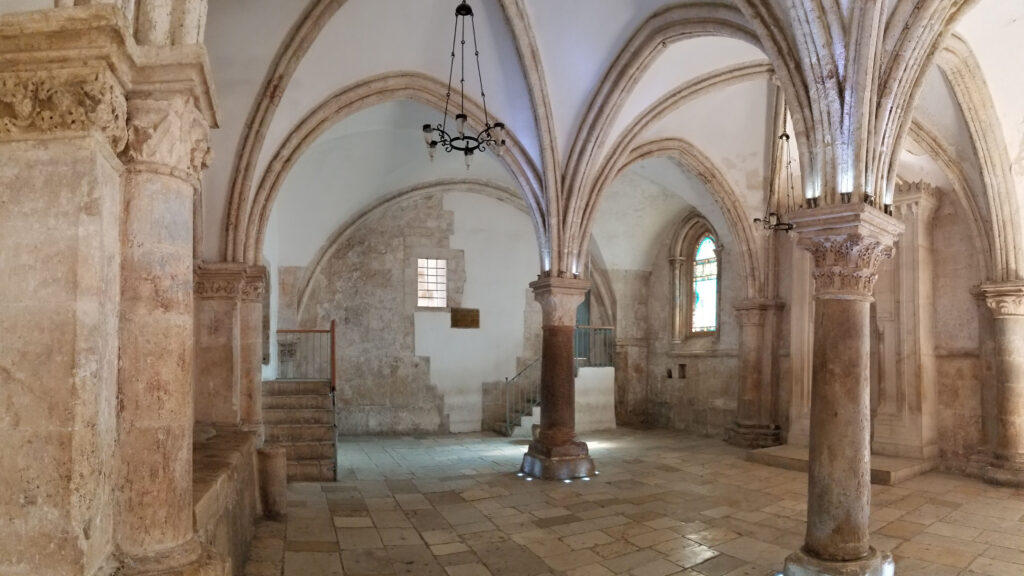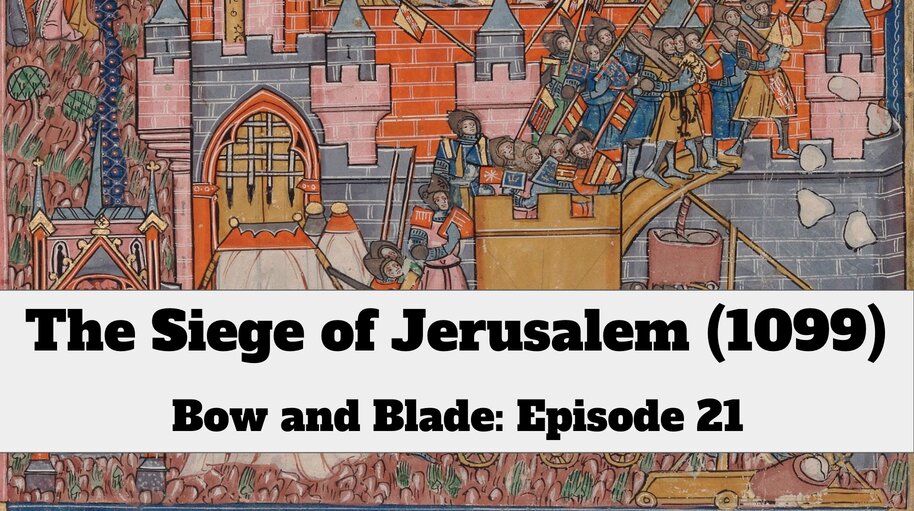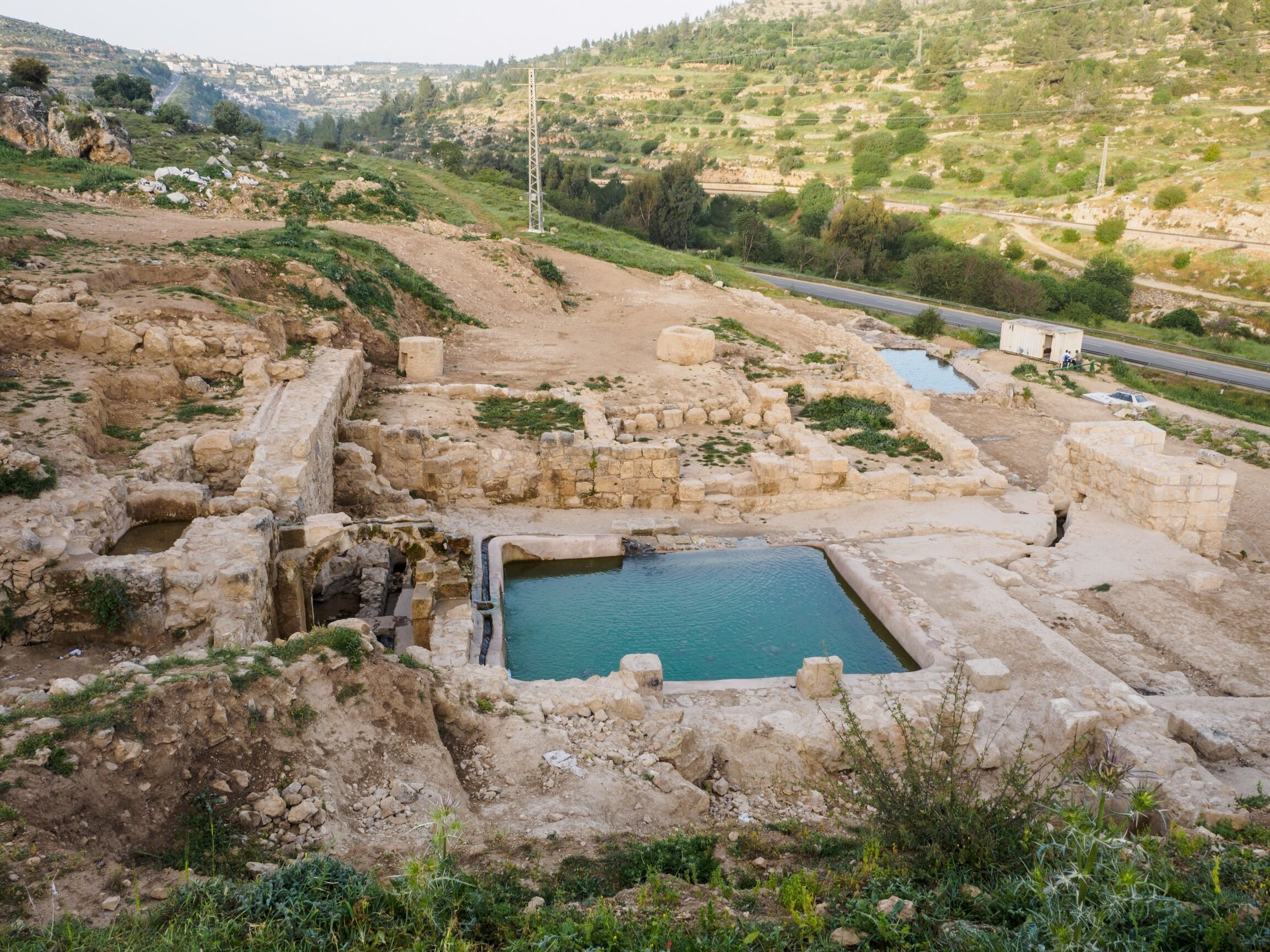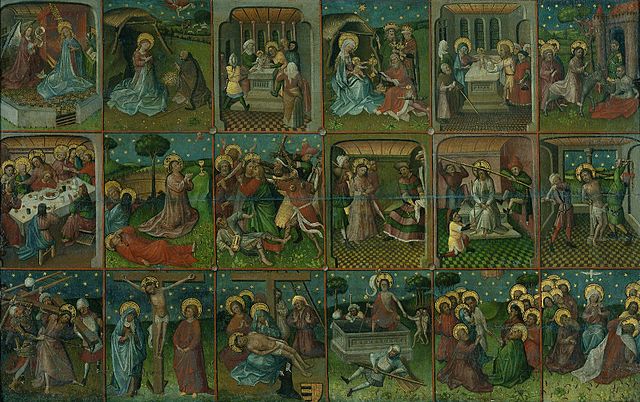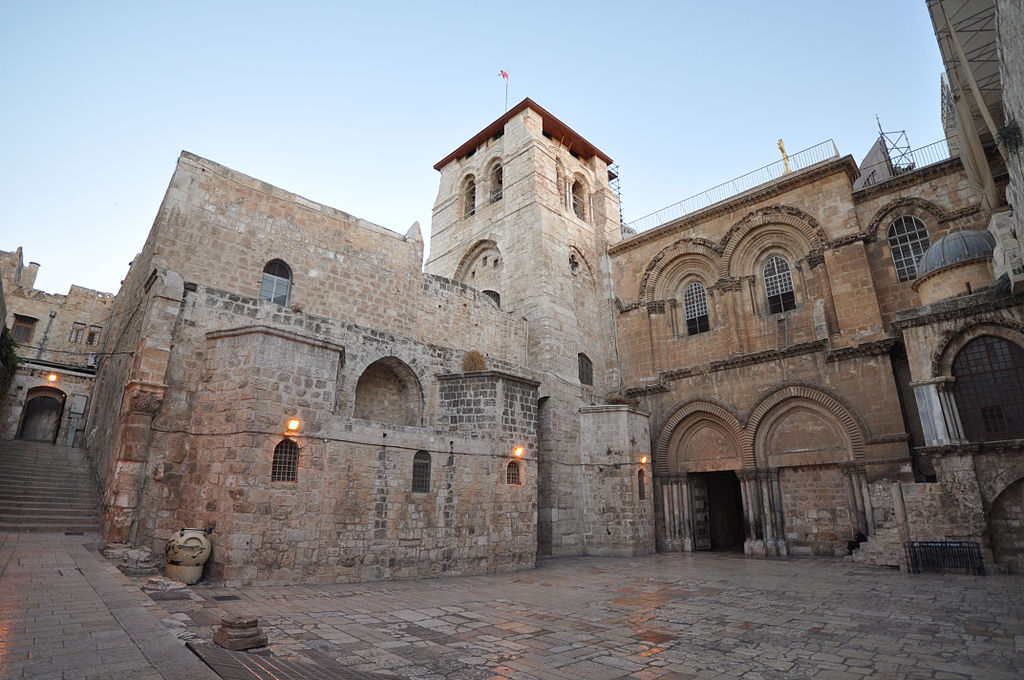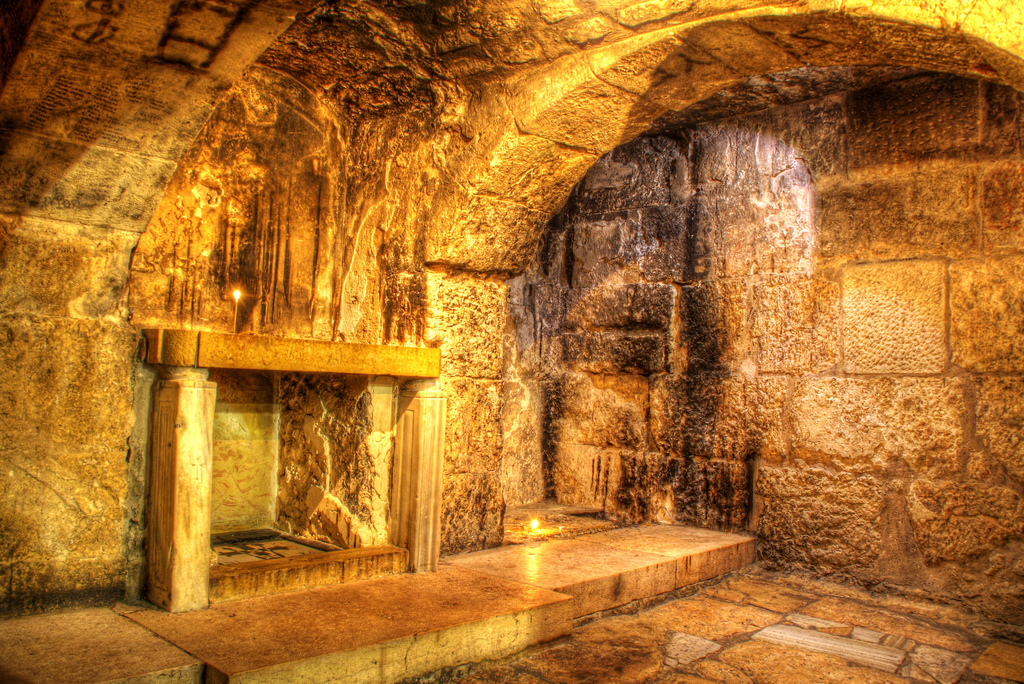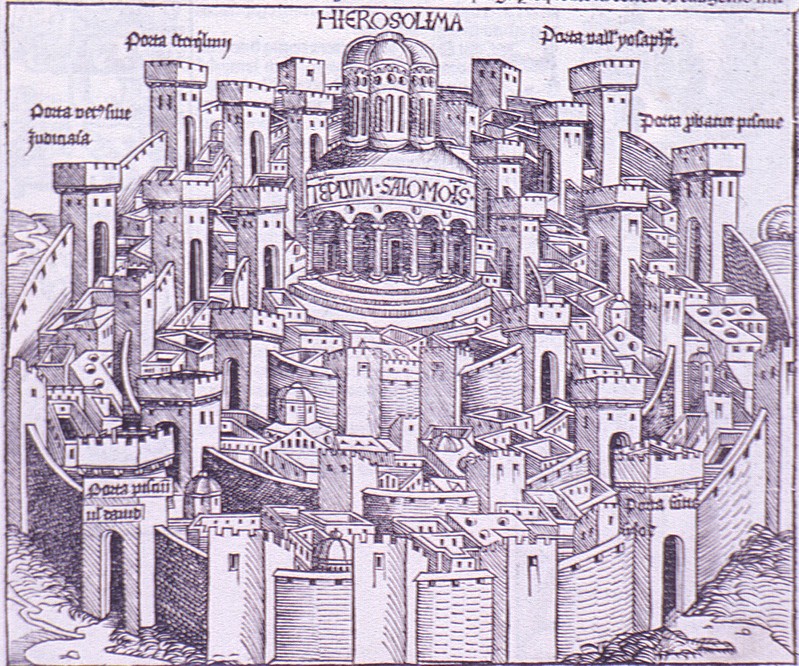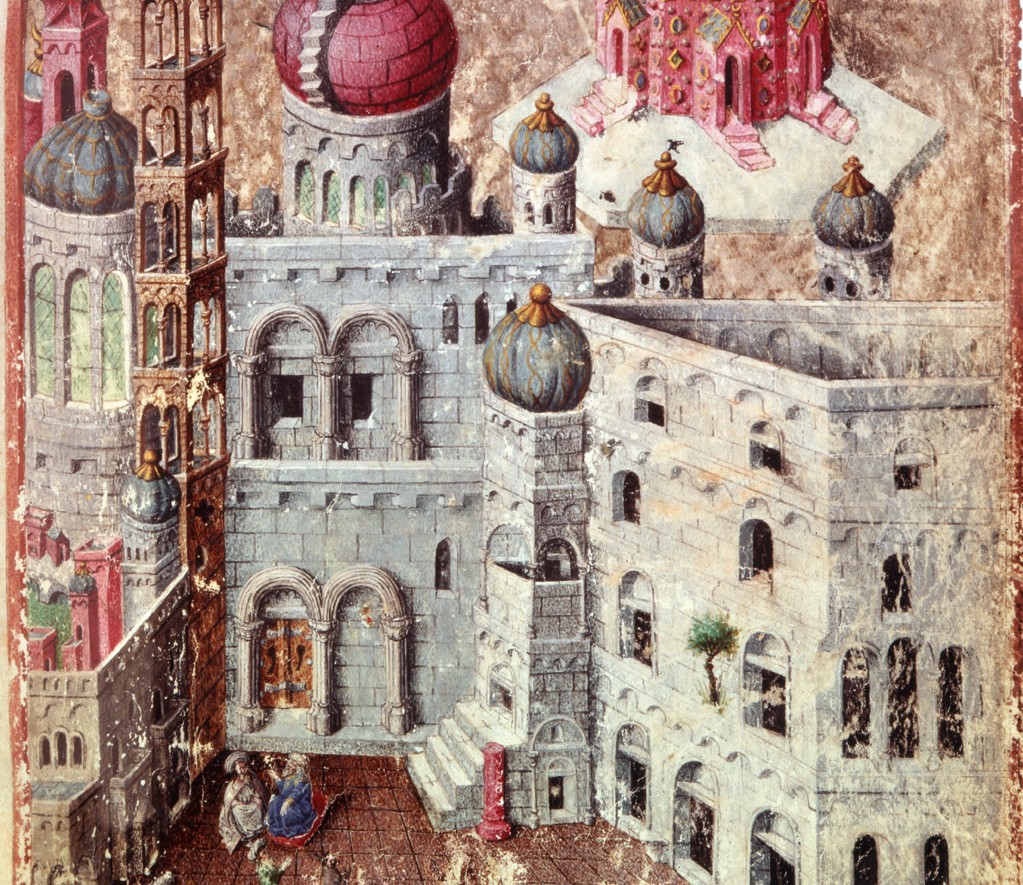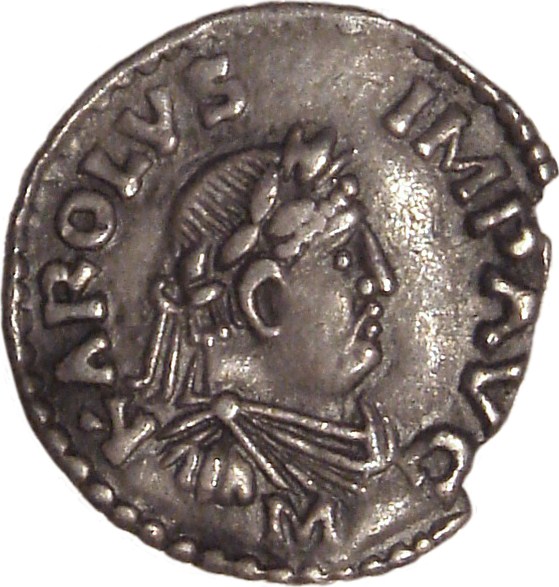Medieval Inscriptions in Jerusalem’s Cenacle Reveal Diversity of Pilgrimage
Researchers have uncovered medieval inscriptions in the Cenacle, the Room of the Last Supper in Jerusalem, revealing a diverse community of pilgrims from Austria, Armenia, Syria, and beyond.
Medieval Christianity Was More Connected Than You Think: The Ethiopian Monk’s Story
One Ethiopian monk’s bold attempt to reshape his church’s hierarchy offers a striking example of how Christian communities across the medieval world were deeply interconnected.
Did Christians and Muslims Join Forces in the First Crusade?
The First Crusade is often seen as a clash between Christians and Muslims for control of Jerusalem. Yet, the reality was far more complex, with alliances that crossed religious lines.
New Medieval Books: Frankish Jerusalem
After the First Crusade, Jerusalem became a melting pot of new settlers, leading to the rise of a transformed community. This book delves into 12th-century property records to uncover how these immigrants reshaped and redefined the city’s landscape.
Lost Crusader Altar Found in Jerusalem
Researchers have unearthed a massive medieval altar in Jerusalem’s Church of the Holy Sepulchre, a site revered by Christians. Remarkably, this lost treasure had been hidden in plain sight for centuries.
New Medieval Books: Shi’ite Rulers, Sunni Rivals, and Christians in Between
This book examines how inter-religious relations worked in the Fatimid Caliphate during the late tenth and early eleventh centuries. It would be a period that saw great swings back and forth when it came to religious tolerance.
“Next Year in Jerusalem”: The Medieval Origins of the Jewish Longing for a Homeland
First attested in the Middle Ages, the phrase has become part of not only the Passover liturgy, but also the concluding service for Yom Kippur, and has long testified to the longing of the scattered Jewish people for a homeland where they could be free from persecution.
Tips for Travelling to Medieval Jerusalem
During medieval times, Christian pilgrims embarked on journeys across Europe and the Middle East to visit churches, holy sites, and shrines. The pinnacle of these pilgrimages was a visit to Jerusalem, necessitating thorough preparation. Hopefully, pilgrims could benefit from the travel advice provided by William Wey, a writer from the 15th century.
What were 12th-century Maps of the Holy Land meant to express?
My argument is that the earliest Western type of Holy Land map was formulated in a purely religious context — not in relation to the Crusader enterprise and ideology — and that this type of map was a pure devotional image.
New Medieval Books: Three Pilgrimages to The Holy Land
Translations of three texts from the twelfth century which relate pilgrimages to Jerusalem and the Holy Land. Saewulf was English, while John of Wurzburg and Theoderic were both Germans. They offer interesting insights into how Jerusalem and the Near East region changed in the aftermath of the First Crusade.
The Madaba Map: A Further Reexamination
I claim that the Madaba map belonged to a new genre of “Holy Land” iconography that appeared in Palestine in the sixth century, iconography that related to the formation of the Holy Land’s sacred space and the interpretation of its landscape in light of the biblical text.
Medieval moat discovered in Jerusalem
A deep 1,000-year-old rock-hewn moat and a mysterious hand imprint were uncovered next to the walls of the Old City of Jerusalem
The Rebuilding of the Kingdom of Jerusalem (1192 – 1244)
By 1244 the Kingdom of Jerusalem had regained control over most of its former territories to the west of the Jordan river including the city of Jerusalem.
The Siege of Jerusalem (1099)
It was a city that was besieged 20 times during the medieval period, including its (in)famous capture during the First Crusade. John Hosler joins Michael Livingston and Kelly DeVries to talk about his new book Jerusalem Falls: Seven Centuries of War and Peace. This episode focuses on the siege of 1099
Graffiti from 15th-century Swiss hero discovered in Jerusalem
Adrian von Bubenberg, who has gone down in history as a hero of medieval Switzerland, went on a pilgrimage to the Holy Land in 1466. Israeli researchers have now discovered that graffiti of his name and family emblem at the site of David’s Tomb in Jerusalem.
Archaeological evidence of the First Crusade discovered
Archaeologists digging along the southern wall of the Old City of Jerusalem on Mount Zion have announced the discovery of a ditch and artefacts that have been linked to siege and conquest of the city in 1099 during the First Crusade.
Byzantine fountain and pools discovered in Israel
Archaeological Excavations in Ein Hanniya Park in Rephaim Valley National Park, Israel, have uncovered impressive and significant finds, including pools and an elaborate fountain dating back 1500 years, a capital typical of First Temple-era royal estates, and a rare silver coin.
Byzantine mosaic discovered in Jerusalem
Israeli archaeologists have discovered a 1,500 year old mosaic floor near the Damascus Gate in the Old City of Jerusalem. It is believed to be part of a hostel built by the Byzantine emperor Justinian for Christian pilgrims.
Virtual Pilgrimage through the Jerusalem Cityscape
This essay considers a group of images depicting the Passion that are, at one level, quite disparate: they are executed in different media, in vastly different sizes, and with different target audiences.
Crusaders, Pilgrims, and Relics – Bearers of the Cross: Material Religion in the Crusading World 1095-1300
The Museum of the Order of St. John is hosting a series of events and talks to promote their project: Bearers of the Cross: Material Religion in the Crusading World 1095-1300.
The Medieval Story of Jesus’ Prison Cell
Today it is one of the quieter corners of the Church of the Holy Sepulchre, but hundreds of years ago the ‘Prison of Christ’ was one of the must-see spots for medieval Christian pilgrims.
Walk this Way: Two Journeys to Jerusalem in the Fifteenth Century
This paper appraises place pilgrimage to Jerusalem in two late-medieval English texts: The Itineraries of William Wey and The Book of Margery Kempe.
How to travel to the physical and heavenly Jerusalem without leaving home
By the fifteenth century numerous accounts of the holy places circulated in Western Europe, many of them in Latin, a few in various vernaculars such as French and Middle Dutch.
Medieval cesspit in Jerusalem reveals 15th century diseases
Analysis of a latrine in Jerusalem that dates back over 500 years finds human parasites common in northern Europe yet very rare in Middle East at the time, suggesting long-distance trade or pilgrimage routes and shedding light on prevalent infectious diseases of the age.
Charlemagne’s Denarius, Constantine’s Edicule, and the Vera Crux
In 806 a much-discussed silver denarius bearing the likeness of Charlemagne was issued. This is called the “temple-type” coin due to the (as yet unidentified) architectural structure illustrated on the reverse side, and which is explicitly labeled as representing the epitome of “Christian Religion.”
